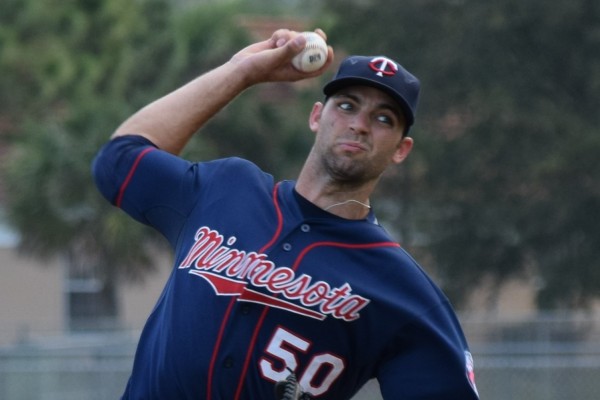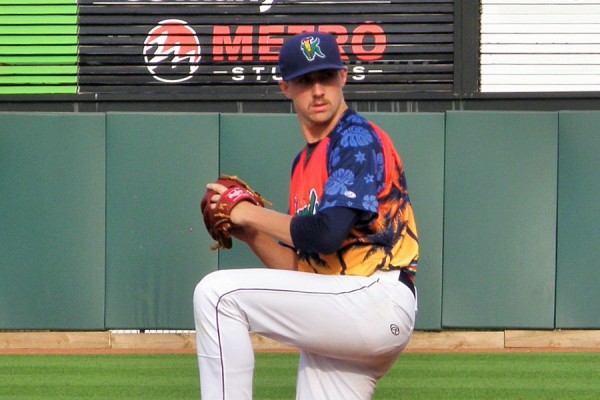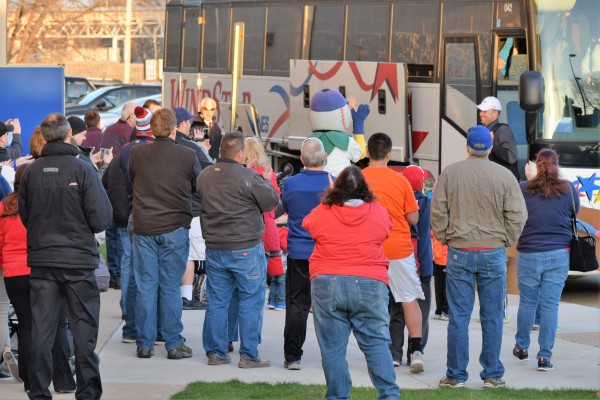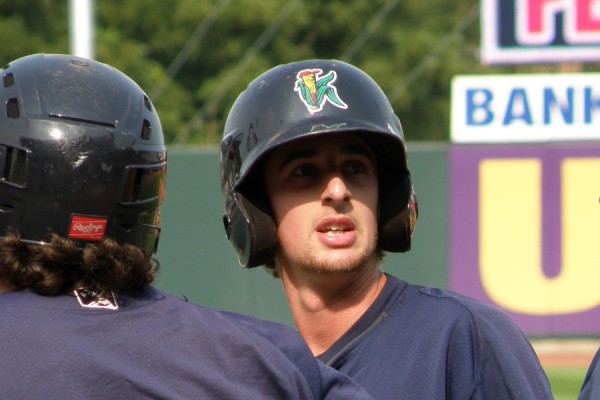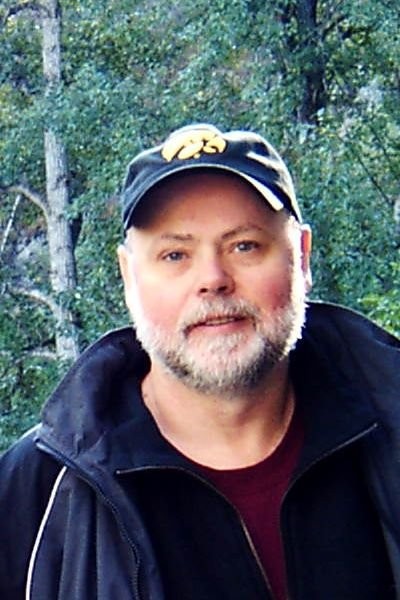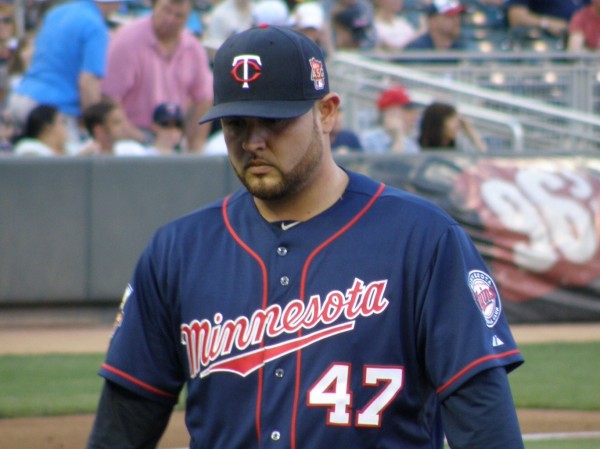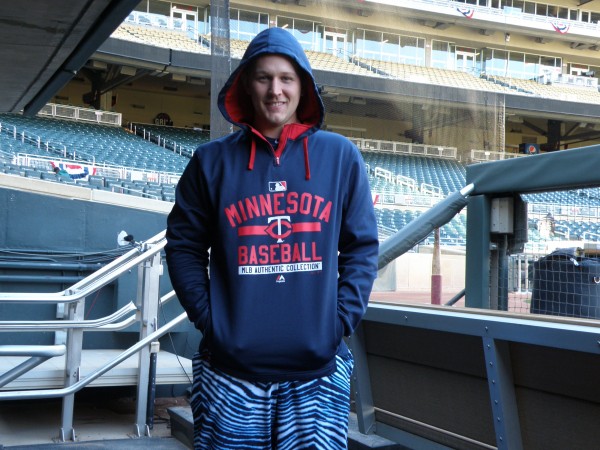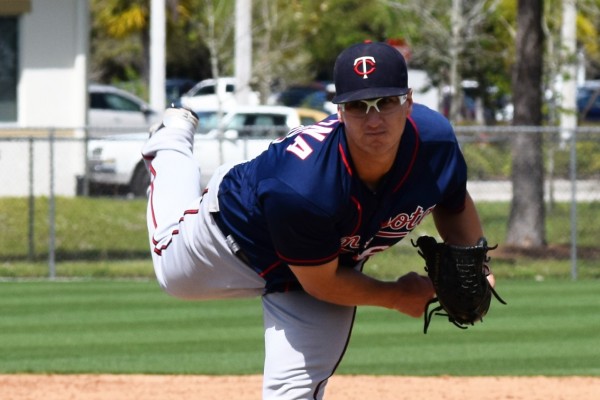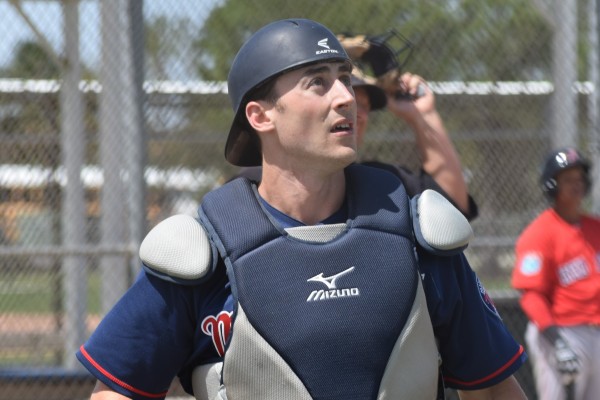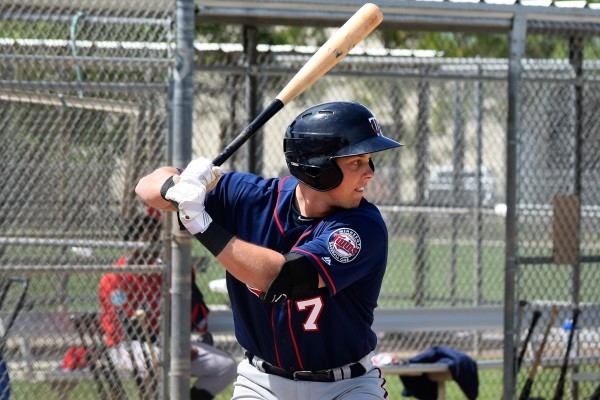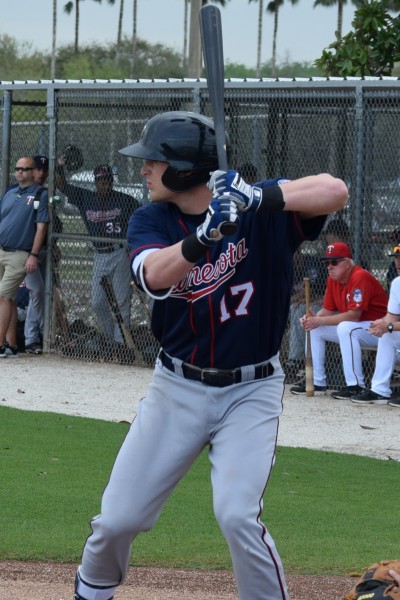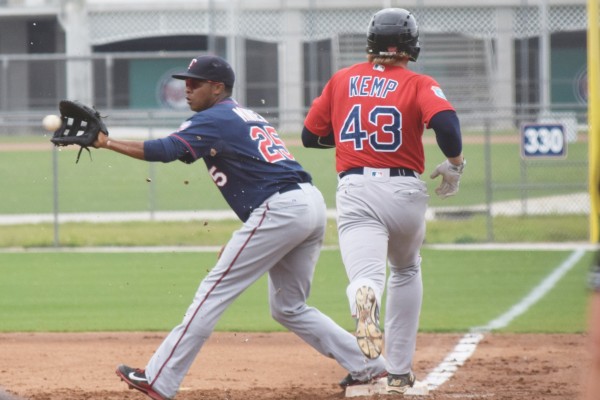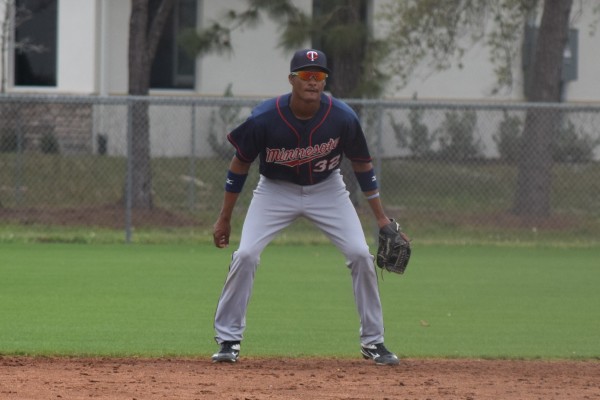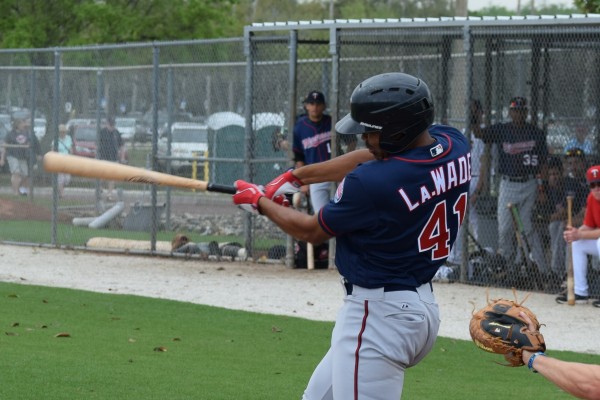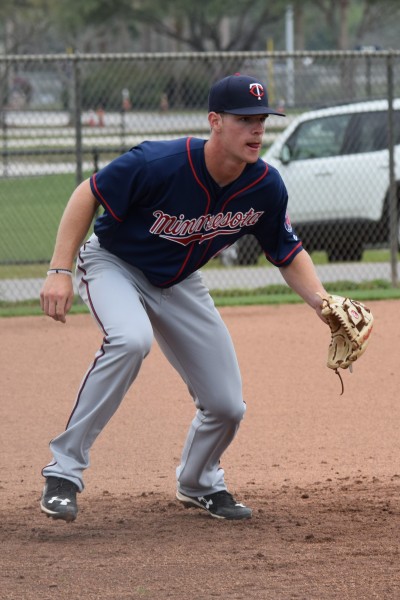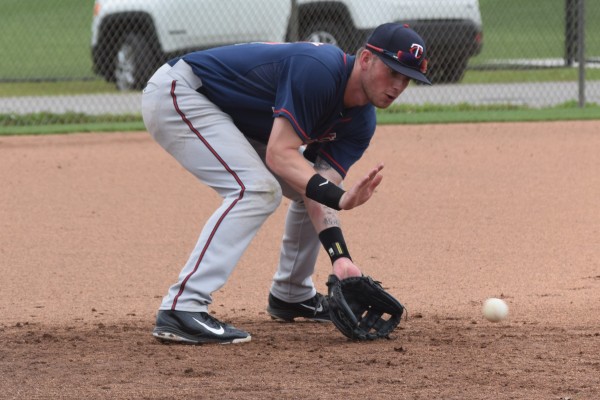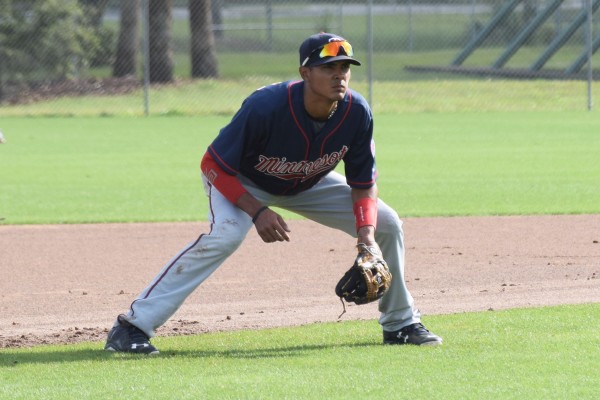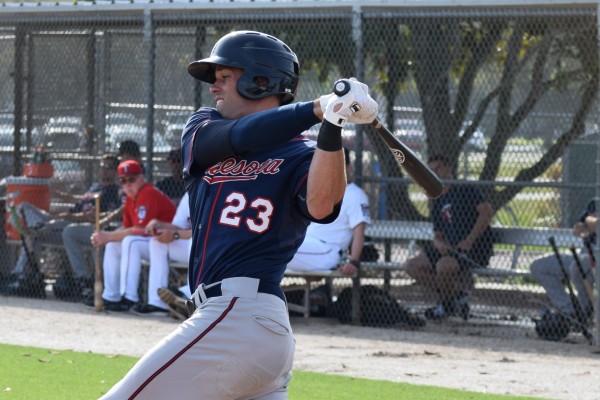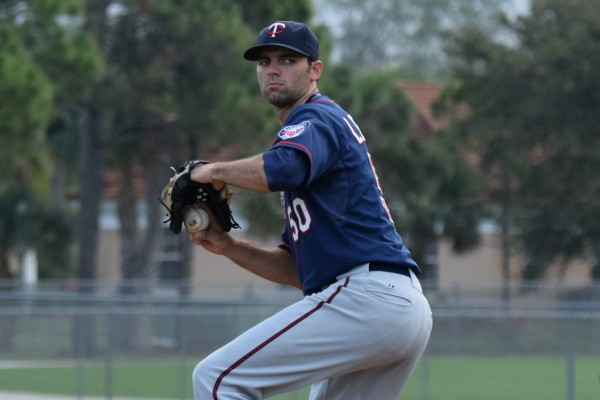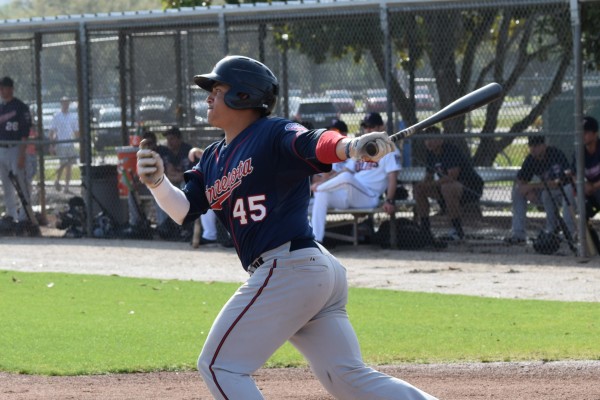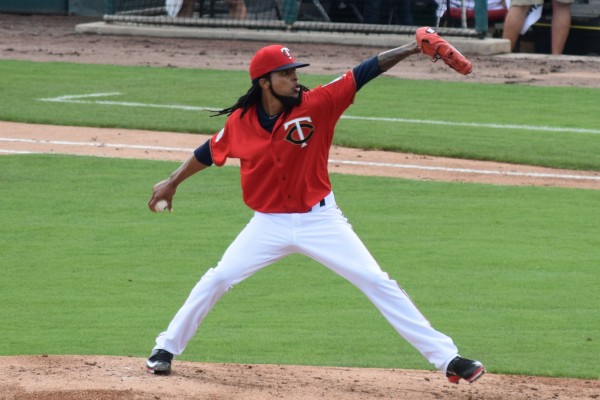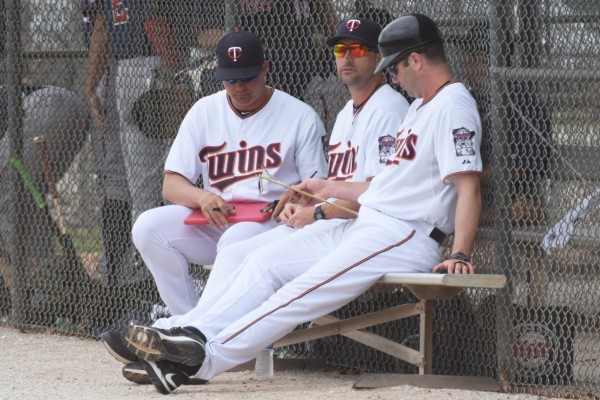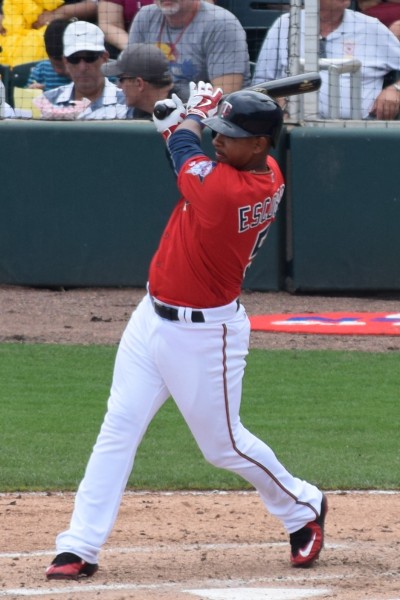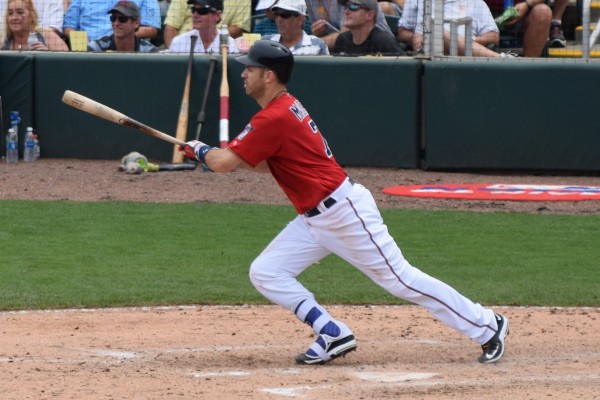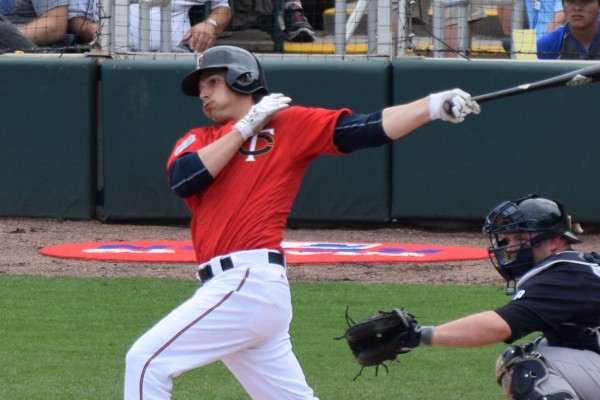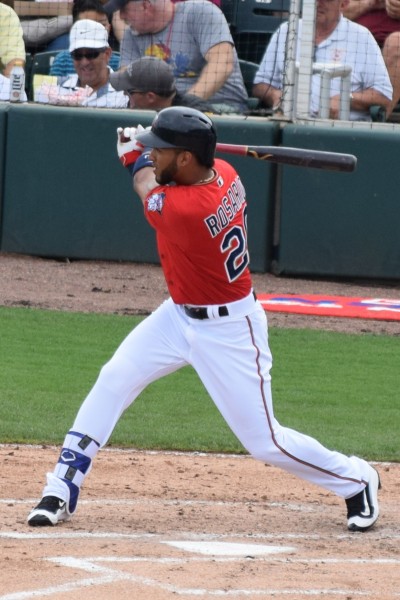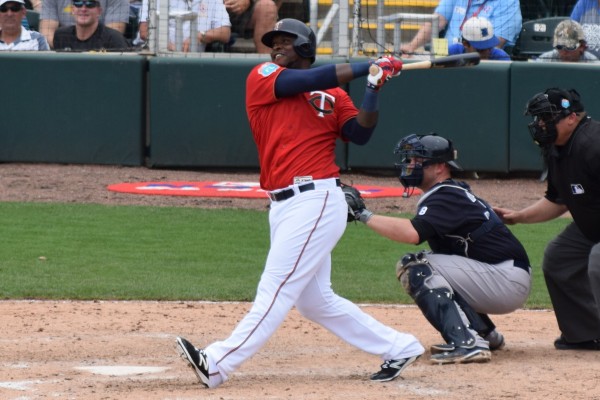I just returned from a 10 day vacation in Fort Myers, Florida. In a way, my annual trip to hang out on the grounds of the Minnesota Twins spring training complex is a “working vacation.” I do, after all, spend a lot of time there watching this season’s prospective Cedar Rapids Kernels and having conversations with front office staff, coaches and former Kernels players, all of which, I believe, prepares me to do a better job of writing about the Kernels once the season starts in April.
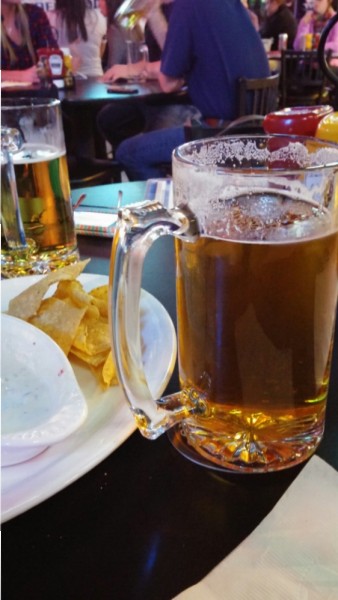 This year’s trip to Florida, however, started out on a bit of down note. While enjoying some lunch at a Sonny’s BBQ in Georgia on the drive down, I checked my email and discovered that the degree to which my Florida trek would be a true “working” vacation was perhaps significantly lower than originally thought. I received word that MetroSportsReport.com, for whom I have been covering the Kernels for the past three baseball seasons, was suspending operations and my services would no longer be required.
This year’s trip to Florida, however, started out on a bit of down note. While enjoying some lunch at a Sonny’s BBQ in Georgia on the drive down, I checked my email and discovered that the degree to which my Florida trek would be a true “working” vacation was perhaps significantly lower than originally thought. I received word that MetroSportsReport.com, for whom I have been covering the Kernels for the past three baseball seasons, was suspending operations and my services would no longer be required.
The news didn’t come as a complete shock to me, for a couple of reasons.
First, perhaps, is because it wasn’t the first time in the past year that I’ve been invited to cease working for someone. Last summer, my “day job” employer of some 38 years also decided they no longer needed me to show up for work. So, being told I no longer have a job is just becoming a regular thing for me.
Second, and more importantly for the purposes of this discussion, it simply is no longer surprising when any sportswriter (or anyone involved in a journalism business) finds him/herself out of a gig. It may be because of staff cutbacks, financial belt-tightenings, or, as is the case of MetroSportsReport.com, an entity determining that it is just too hard to keep a journalism business afloat.
I’m grateful to Jim Ecker, the owner of MSR, for having given me the opportunity to help cover Kernels baseball the past three seasons. I not only got paid to go to ballparks and write about baseball, but I gained a significant appreciation for the work that regular beat writers do. If you think that it’s easy to find an interesting angle for game stories that will draw readers’ interest night after night, you only need to try doing it for a week or two to learn you are very mistaken. Covering a beat – any beat – can be difficult work and the people doing that work are facing some tough truths in their chosen profession these days.
One of those difficult truths is that sportswriting (and news reporting in general), as a business, is challenged to find a way to stay relevant and financially solvent at the same time. Newspapers are losing circulation as people rely more and more on the internet as their channel of choice for news and information of all types. If the employer experiences revenue challenges, it’s not good news for those working for that employer, no matter how well they do their jobs.
I confess that I’m part of the problem because I haven’t subscribed to a newspaper in this millennium.
It used to be that when I wanted to buy or sell something, the first thing I did was open the Cedar Rapids Gazette. I’d look for local sales. Maybe I would check the personal ads for a used snowblower or place an ad to sell a set of golf clubs I no longer needed. When was the last time any of us did that? Everything I want is now available with a couple of keystrokes.
Of course, I still like to read about local sports. Fortunately, the Gazette has an online site where I can find the latest game stories and columns about the Iowa Hawkeyes and the Cedar Rapids Kernels and the Hawkeyes and, pretty much every day, several more stories about the Hawkeyes.
And I don’t pay a nickel for any of it. On the Gazette site, I read the work of Jeff Johnson, Marc Morehouse, Mike Hlas and Scott Dochterman regularly and they don’t see a cent from me.
Sure, I have to answer a survey (or at least indicate I choose not to answer a survey) to read the story I want, but I don’t mind that.
I read the St. Paul Pioneer Press coverage of the Twins and Vikings regularly and I don’t pay anything for that. Sorry, Mike Berardino, you’re getting none of my money, either.
The Minneapolis Star-Tribune started charging a few bucks for full access to their online site a few years ago. I’m sure they experienced resistance to that policy, but not from me. I pay the monthly charge because I value their coverage of the Twins and Vikings enough that it’s worth it, to me. I guess that means that Phil Miller, LaVelle E. Neal, Howard Sinker and Matt Vensel are taking a couple pennies out of my pocket, but I think I’m getting good value for those pennies.
I read recently that one of the original Twins bloggers, Aaron Gleeman, lost his writing job with NBCSports.com. I paid nothing to find that information out. I read that information free on Twitter. I paid exactly that same amount to read Aaron’s writing work with NBC and, I suspect, that’s a big reason why Gleeman is looking for a new gig now.
We all know the various ways that organizations, big and small, have been trying to monetize online content. The surveys I mentioned the Gazette using are common. MSR tried (ultimately unsuccessfully) to rely on local advertising sales of static ads for each section/page of the site. TwinsDaily.com, where many of us in the Twins fan community spend a good chunk of our time, has used video ads in addition to the static ads. They also publish sponsored content.
Some online advertising is flat out annoying. I don’t care how much I enjoy your content, if you have ads that blast commercials at me any time my mouse happens to roll over the wrong point on your site, I’m not going to spend much, if any, time at your site.
The annoying ads are coming back to bite the online publishers, however. They led to what should have been seen as the inevitable development of “ad blocker” programs. I don’t use such a program, but my understanding is that they not only block the annoying ads, but even the unobtrusive ads. That’s a problem for anyone trying to make a living from publishing news online.
Some of the “big boys” in the business (NY Times, Wall Street Journal, etc.) have fought back and will not allow users of ad blocking applications to access their sites. They can afford to do that. Most others are going to have to find another way to continue making some amount of money from their online content.
By now, if you’re still reading this, you are probably wondering why this is so interesting to me that I’m writing about it. The answer is pretty simple. Have I mentioned that I’ve lost two jobs now in the past few months?
I’m much more fortunate than most of my fellow suddenly unemployed writers. I’ve got a pension and retirement account sufficient to assure I’ll have a roof and food and I’ve reached the age where I can tap those accounts without tax penalties.
I’ll survive. But I’d like to do more than just survive. I’d like to continue generating a little income from any time I spend somewhere other than on the golf course (I’m sure as heck not going to make any money ON the golf course, with my game).
When you “retire,” as I have, you get one consistent piece of advice: “Now you can look for ways to earn some money doing the things you enjoy doing.” What’s often, but not always, left unspoken is the last phrase of that sentence, which would go something like, “… instead of spending 50-60 hours a week enduring the soul-poisoning BS you’ve been putting up with at your job all those years.”
There’s certainly some truth to that sentiment in my case. I haven’t missed my old day job for one second since the day I walked out of the office. Missed some of the people, but not the job itself for a single moment.
But I’m still dealing somewhat with the, “what do I do now?” thing.
I’ve got one particular project lined up that I’m really looking forward to. For now, anyway, that would fall into the “volunteer work” category more so than “gainful employment.” If it goes well, that could eventually change, however, and it will definitely be something I’ll enjoy doing.
But I really do enjoy writing and it would be nice to at least make enough money from it to support my developing craft beer consumption habit and, just maybe, a bit more than that, so that my retirement income sources stretch a bit longer. Is that too much to ask?
Ordinarily, it wouldn’t be. But my interest, in this case, happens to coincide with an environment in which people who are much more experienced and talented at the work are losing their jobs every day because the people who pay them can’t figure out how to get consumers to pay them enough to support the costs of providing content. And that sucks.
For now, I’m going to continue writing, even if my material only appears here at Knuckleballs and, possibly, also over at Twins Daily, at least occasionally.
We at Knuckleballs have never received a cent of revenue from the site. We don’t include advertising of any kind and we have rejected all offers of sponsored content. Our content has remained the very essence of free content. That may continue or it may not.
I believe that it is (or should be) reasonable for us, as consumers, to expect to pay something for the information, opinions and other content we want to enjoy. People who go to the effort to provide that content, even an old part-timer like me, should rightfully expect to receive some form of remuneration for the work put in if the content we provide is deemed worthy of being read.
Unfortunately, smarter people than I have failed, thus far, to come up with a reliable system that accomplishes that.
A small operation like Knuckleballs, in the hands of someone who has some financial flexibility, might be able to experiment a bit with new options.
Ironically, that would require a lot more research and work on my part, for which I would continue to be uncompensated.
It’s a vicious circle, I tell you. Maybe I need to go to my favorite neighborhood bar while I contemplate things. Anyone want to buy me a beer?
-Steve

